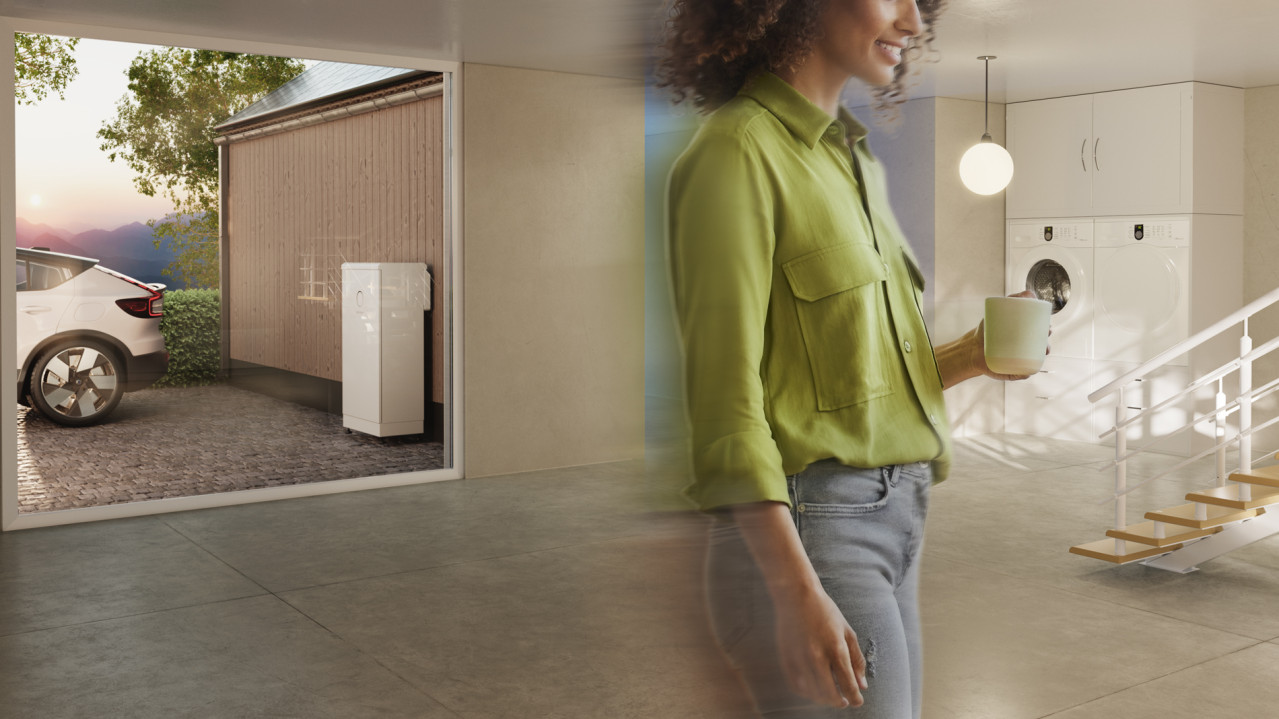
How Many Batteries Do You Need? Sizing Your Solar Battery System
To help you determine how many batteries you need to meet your energy goals, here we explain the most important factors when sizing your solar battery system.
How Many Batteries Do You Need? Sizing Your Solar Battery System
What’s your motivation for buying a solar battery system for your home? The first things to consider when working out what size solar battery you need are your energy goals and what you want to achieve by installing a home battery system. While many people set out with the aim of reducing grid electricity imports to zero, taking your household completely off the grid isn’t economical for most Australians at the present point in time. Realistically, you should still expect to buy some grid electricity at certain times throughout the year.
What’s more, with solar there’s no one-size-fits-all solution – every household has different solar energy needs depending on various factors. These include the number of people in the household, their energy usage habits and patterns, how much power they consume, the amount of available roof space and how much they can spend. With that in mind, here we look at the most important considerations when estimating how many batteries you need to achieve your energy goals and a top-level look at the products that can help you achieve those goals. Now and as the energy needs of your household evolve.*
How to select the right battery size – Important considerations
Most Australian households invest in a home solar battery for one or more of five reasons, including greater energy dependence, reduced energy bills, the opportunity to join a virtual power plant (VPP), gaining protection from power outages and lowering emissions. What’s more, we all use energy differently – and not only in terms of the household items and appliances we use, but also how often, and perhaps most importantly, when we use them.
However, while we all have different energy goals and use energy at home differently, these considerations apply to all households – regardless of current energy usage and evolving energy goals. In addition to your home battery-buying budget, here are the most important considerations when determining how many batteries are needed to power your home.
How much energy does your household consume?
So, let’s look at the energy needs of average Australian households. While households with large air-conditioning systems and pool pumps require more energy, the average Australian household consumes roughly 16kWh of electricity daily. Of this, most households use 30% (5kWh) during the day when their panels are producing electricity, which means the remaining 70% (11kWh) comes from the grid. To cover this night-time energy gap with the electricity produced by solar panels, households need a battery with a 10kWh capacity.
Naturally, there are a few considerations to take into account here. For example, some of us work or spend more time at home during the day and some households have smart home automation systems installed that align with off-peak times to minimise energy bills. If you don’t have an energy monitor installed, you can get an understanding of your average daily energy consumption by dividing your monthly bill by 30 days (avg. daily consumption = monthly bill ÷ 30 days). With that figure, you can then start using solar battery calculators.
How much energy can your rooftop solar system produce?
When sizing a home battery system, the amount of electricity your rooftop solar panels produce – or potentially produce if you’re yet to install panels – is one of the most important things you need to know. A range of factors influence solar panel output, including the size of the solar installation, the efficiency of the individual panels and the amount of sun to which panels are exposed. The amount of sun the solar panels are exposed to depends on:
- Shade & shadows – This is due to neighbouring buildings and trees, etc.
- Location – Determines the sun’s intensity and number of daylight / full sun hours
- Orientation & tilt – This can be optimised (to an extent) by your installer.
At the moment, there’s little point in installing a battery if you don’t have at least 5kW of solar panels installed, with most residential batteries requiring at least 5kw or 6kW of solar panel capacity just to charge. What’s more, you won’t qualify for a home battery rebate in most states and territories with less than 5kW of solar panels installed. This is why most households install 10kW of solar panels with a battery providing at least equal storage.
Are you an existing solar household?
The battery size calculation can differ depending on whether you already own solar panels and are looking for a battery or you’re buying new panels and a solar battery system. What’s more, the battery size calculation can differ again if you’re already solar-connected and are thinking of adding additional panels. So, although battery storage calculators can give you an understanding of how much solar storage you need and the solar battery size required, it’s imperative to get solid advice from an experienced solar battery installer.
All these considerations highlight the importance of working with a good installer – like an accredited sonnen installer – who can help you understand exactly how many solar panels and home batteries are required for your situation. Also, they can help you to understand the financial costs involved and get a clearer picture of what the payback period will be.
Expanding battery capacity after installation
Getting the solar battery size right the first time will help you avoid unnecessary expenses, so don’t overestimate or underestimate the required storage capacity at the time of installation. However, with the right home battery product, it’s possible to expand battery capacity after installation to meet the increased energy usage needs of your household. While some solar battery systems can be expanded, others can’t, so take this important consideration into account when exploring the home battery products on the market.
The sonnenBatterie Evo contains a Lithium Iron Phosphate (LFP) battery cell that was customised by sonnen. Known as the sonnenModule 4, it provides 10kWh of usable solar energy storage capacity and is made up of two fully usable 5kWh battery modules. If you require additional capacity, the sonnenBatterie Evo can be cascaded up to a total of 3 separate units.
Join the thousands of Australian households who’ve opened the door to a more cost-effective and energy-independent future with a solar battery. To get started on your journey to energy independence, explore the sonnen range and the home battery schemes that provide subsidies or interest-free loans to households installing solar batteries.
Also, be sure to use our free online energy savings calculator to see your estimated savings over a 10-year period.
*This article focuses on grid-connect batteries.







